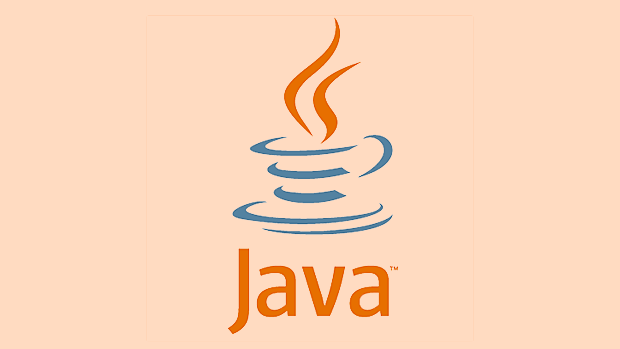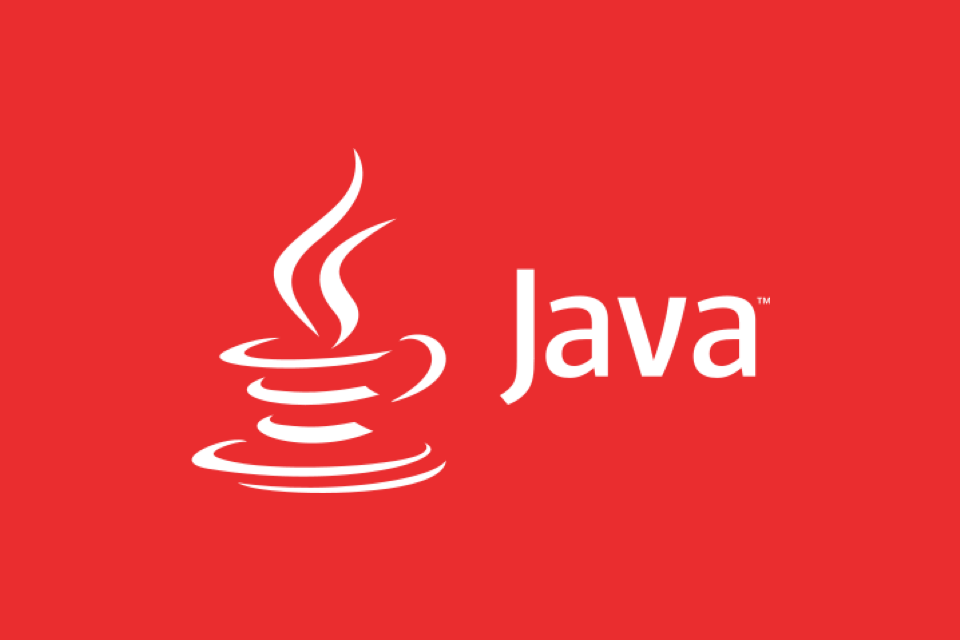Continuous Integration and Delivery (CI/CD) for Java Applications
Use Maven or Gradle to realize automated construction and dependency management to ensure that each submission triggers a repeatable construction process; 2. Automatically pull code, build, run unit tests, generate coverage reports and perform static analysis after code submission through the CI system to ensure code quality; 3. Automatic deployment to pre-release or directly release to production according to maturity in the continuous delivery stage. Common methods include JAR deployment, Docker image construction push and Kubernetes deployment; 4. Use external configurations to achieve multi-environment isolation and inject sensitive information through environment variables; 5. After deployment, problems are discovered in a timely manner through health checks, monitoring alarms and log systems, and support rapid rollback; an efficient Java CI/CD process significantly improves release efficiency and system stability through automated construction, testing, deployment and monitoring, and reduces the risks brought by human intervention.

Continuous Integration and Continuous Delivery (CI/CD) is crucial for the development of Java applications. It can significantly improve code quality, speed up the pace of release, and reduce human errors. For Java projects, the CI/CD process usually includes code submission triggering, automatic construction, unit testing, code quality inspection, packaging, automated deployment and other links. The following are the key points for building an efficient CI/CD pipeline.

1. Automated construction and dependency management
Java projects usually use Maven or Gradle as build tools, which automatically manage dependencies, compile code, run tests, and generate deployable artifacts (such as JAR or WAR).
- Maven : Suitable for standardized project structure, simple configuration, and rich plug-in ecology.
- Gradle : More flexible, using Groovy or Kotlin DSL, suitable for complex construction logic.
In the CI process, each code submission should trigger:

mvn clean package # Maven ./gradlew build # Gradle
Ensure that the build is repeatable and has no local dependencies.
2. Continuous integration: Code submission is validation
The core of CI is fast feedback. When developers push code to repositories (such as GitHub, GitLab), CI systems (such as Jenkins, GitHub Actions, GitLab CI) should automatically perform the following steps:

- Pull the latest code
- Execute the build
- Run unit tests (JUnit/TestNG)
- Generate test coverage reports (such as JaCoCo)
- Static code analysis (Checkstyle, PMD, SpotBugs)
Sample GitHub Actions snippet:
jobs:
build:
runs-on: ubuntu-latest
Steps:
- uses: actions/checkout@v4
- name: Set up JDK 17
uses: actions/setup-java@v3
with:
java-version: '17'
- name: Build with Maven
run: mvn -B package --file pom.xml
- name: Run tests
run: mvn testEnsure that all tests are allowed to be merged into the master branch only after they are passed.
3. Continuous delivery/deployment: Automated release process
The goal of CD is to make code ready to deploy. Depending on team maturity, you can choose:
- Continuous delivery : Automatically deploy to pre-release environments (such as Staging), waiting for manual confirmation to be launched.
- Continuous deployment : fully automated, directly released to production after passing tests.
Common deployment methods:
- Deploy JAR packages to the server and restart the Spring Boot application
- Build Docker images and push them to mirror repositories (such as Docker Hub, ECR)
- Deployment with Kubernetes (Helm CI/CD)
Example: Build a Docker image and push it
- name: Build Docker image
run: docker build -t myapp:$SHA .
- name: Push to Docker Hub
run: |
echo ${{ secrets.DOCKER_PASSWORD }} | docker login -u ${{ secrets.DOCKER_USERNAME }} --password-stdin
docker push myapp:$SHA4. Environmental isolation and configuration management
Java applications should support multiple environments through external configurations (such as application.yml Spring Profiles):
# application-prod.yml
server:
port: 8080
spring:
datasource:
url: ${DB_URL}Inject sensitive information (database password, API key) through environment variables to avoid hard coding.
5. Monitoring and rollback mechanism
After deployment, the application /actuator/health health) and integrated logs and monitoring (Prometheus Grafana). Once an exception is found, it supports quick rollback to the previous version.
Basically that's it. A mature Java CI/CD process is not complicated but it is easy to ignore details: such as test coverage access control, construction cache acceleration, and multi-environment configuration separation. As long as you stick to automation, the team can focus more on function development rather than manually "packaging-upload-restarting".
The above is the detailed content of Continuous Integration and Delivery (CI/CD) for Java Applications. For more information, please follow other related articles on the PHP Chinese website!

Hot AI Tools

Undress AI Tool
Undress images for free

Undresser.AI Undress
AI-powered app for creating realistic nude photos

AI Clothes Remover
Online AI tool for removing clothes from photos.

Clothoff.io
AI clothes remover

Video Face Swap
Swap faces in any video effortlessly with our completely free AI face swap tool!

Hot Article

Hot Tools

Notepad++7.3.1
Easy-to-use and free code editor

SublimeText3 Chinese version
Chinese version, very easy to use

Zend Studio 13.0.1
Powerful PHP integrated development environment

Dreamweaver CS6
Visual web development tools

SublimeText3 Mac version
God-level code editing software (SublimeText3)

Hot Topics
 Laravel lazy loading vs eager loading
Jul 28, 2025 am 04:23 AM
Laravel lazy loading vs eager loading
Jul 28, 2025 am 04:23 AM
Lazy loading only queries when accessing associations can easily lead to N 1 problems, which is suitable for scenarios where the associated data is not determined whether it is needed; 2. Emergency loading uses with() to load associated data in advance to avoid N 1 queries, which is suitable for batch processing scenarios; 3. Emergency loading should be used to optimize performance, and N 1 problems can be detected through tools such as LaravelDebugbar, and the $with attribute of the model is carefully used to avoid unnecessary performance overhead.
 Integrating PHP with Machine Learning Models
Jul 28, 2025 am 04:37 AM
Integrating PHP with Machine Learning Models
Jul 28, 2025 am 04:37 AM
UseaRESTAPItobridgePHPandMLmodelsbyrunningthemodelinPythonviaFlaskorFastAPIandcallingitfromPHPusingcURLorGuzzle.2.RunPythonscriptsdirectlyfromPHPusingexec()orshell_exec()forsimple,low-trafficusecases,thoughthisapproachhassecurityandperformancelimitat
 python memory management example
Jul 28, 2025 am 01:10 AM
python memory management example
Jul 28, 2025 am 01:10 AM
Python's memory management is based on reference counting and garbage collection mechanisms. 1. The reference counting mechanism ensures that objects are released immediately when the reference number is 0. The return value of sys.getrefcount() is 1 more than the actual reference because it increases its reference itself; 2. Circular references cannot be cleaned through reference counting, and it depends on the generational recycling of the gc module. Calling gc.collect() can recycle unreachable objects; 3. In actual development, long-term holding of large object references should be avoided. We can use weakref weak references, timely place None to release memory, and use tracemalloc to monitor memory allocation; 4. Summary: Python combines reference counting and garbage collection to manage memory, developers can use tools and optimize reference pipes.
 Laravel raw SQL query example
Jul 29, 2025 am 02:59 AM
Laravel raw SQL query example
Jul 29, 2025 am 02:59 AM
Laravel supports the use of native SQL queries, but parameter binding should be preferred to ensure safety; 1. Use DB::select() to execute SELECT queries with parameter binding to prevent SQL injection; 2. Use DB::update() to perform UPDATE operations and return the number of rows affected; 3. Use DB::insert() to insert data; 4. Use DB::delete() to delete data; 5. Use DB::statement() to execute SQL statements without result sets such as CREATE, ALTER, etc.; 6. It is recommended to use whereRaw, selectRaw and other methods in QueryBuilder to combine native expressions to improve security
 Reactive Programming in Java with Project Reactor and Spring WebFlux
Jul 29, 2025 am 12:04 AM
Reactive Programming in Java with Project Reactor and Spring WebFlux
Jul 29, 2025 am 12:04 AM
Responsive programming implements high concurrency, low latency non-blocking services in Java through ProjectReactor and SpringWebFlux. 1. ProjectReactor provides two core types: Mono and Flux, supports declarative processing of asynchronous data flows, and converts, filters and other operations through operator chains; 2. SpringWebFlux is built on Reactor, supports two programming models: annotation and functional. It runs on non-blocking servers such as Netty, and can efficiently handle a large number of concurrent connections; 3. Using WebFlux Reactor can improve the concurrency capability and resource utilization in I/O-intensive scenarios, and naturally supports SSE and WebSo.
 Using MapStruct for Painless Bean Mapping in Java
Jul 28, 2025 am 03:20 AM
Using MapStruct for Painless Bean Mapping in Java
Jul 28, 2025 am 03:20 AM
MapStruct is a compile-time code generator used to simplify mapping between JavaBeans. 1. It automatically generates implementation classes by defining interfaces to avoid manually writing lengthy set/get mapping code; 2. It has type-safe, no runtime overhead, supports automatic mapping of the same name fields, custom expressions, nested objects and collection mapping; 3. It can be integrated with Spring and uses @Mapper(componentModel="spring") to inject mapper into Springbean; 4. Simple configuration, just introduce mapstruct dependencies and annotationProcessorPaths inserts
 Notepad find and replace with regex capture groups
Jul 28, 2025 am 02:17 AM
Notepad find and replace with regex capture groups
Jul 28, 2025 am 02:17 AM
Use regular expression capture group in Notepad to effectively reorganize text. First, you need to open the replacement dialog box (Ctrl H), select "Search Mode" as "regular expression", 1. Use () to define the capture group, such as (\w ) to capture words; 2. Use \1 and \2 to reference the corresponding group in the replacement box; 3. Example: Exchange the name "JohnDoe" as "Doe, John", find (\w )\s (\w ), replace it with \2,\1; 4. Date format conversion 2023-12-25 to 25/12/2023, find (\d{4})-(\d{2})-(\d{2}), replace it with \3/\2/\1; 5. Log reordering can extract time, level, ID and other information
 Optimizing Memory Usage in Java Applications
Jul 28, 2025 am 02:40 AM
Optimizing Memory Usage in Java Applications
Jul 28, 2025 am 02:40 AM
UseefficientdatastructureslikeArrayListoverLinkedListandprimitivecollectionstoreduceoverhead;2.Minimizeobjectcreationbyreusingobjects,usingStringBuilderforconcatenation,andcachingexpensiveobjects;3.Preventmemoryleaksbynullifyingreferences,usingstatic







